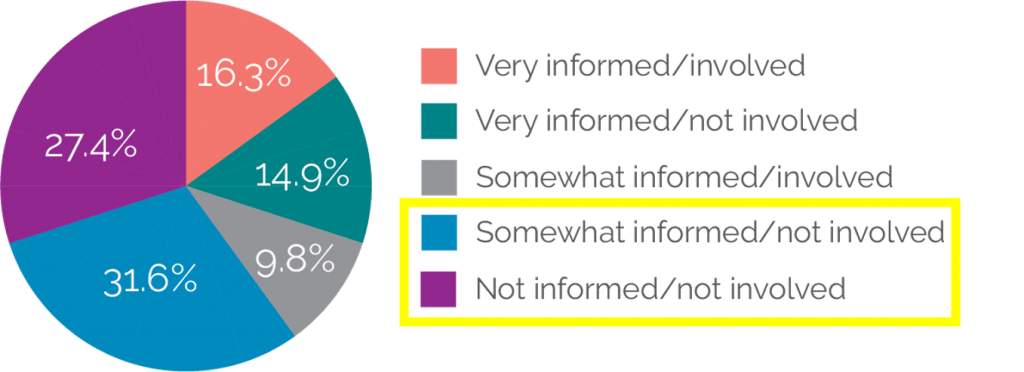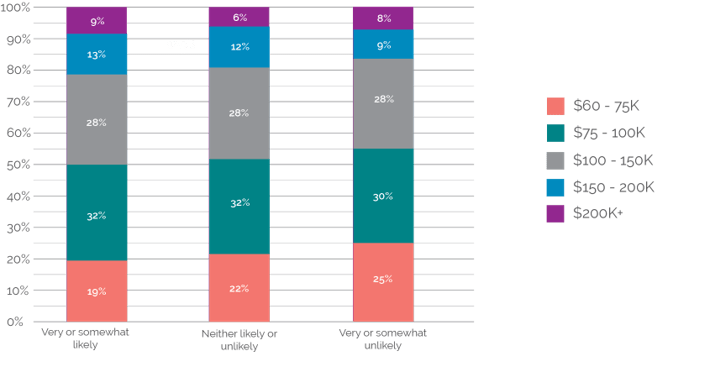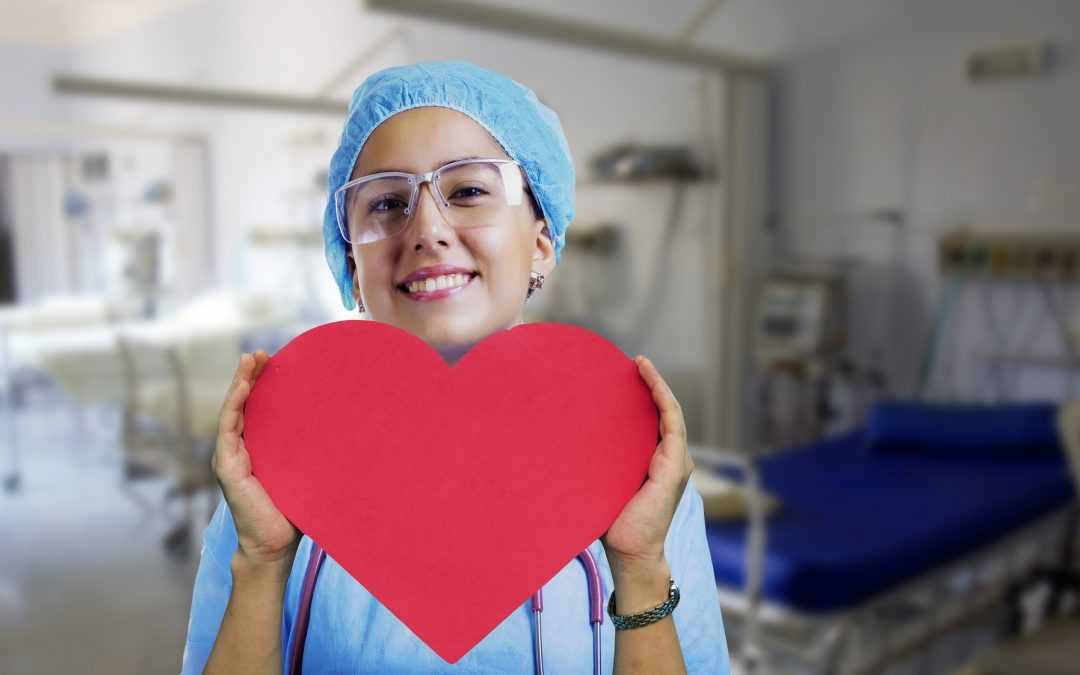Grateful Patient programs are very entwined with hospital foundations when it comes to attracting new donors and raising funds. Although well intentioned, you should be aware of consumers’ perceptions of hospital foundations when approaching patients. There are a couple common myths that are widely believed with Grateful Patient programs that we want to take a closer look.
Myth #1: Patients should be grateful for the episode of care and should donate as a result
Yes, we do believe that being grateful for a quality healthcare experience is a natural response. However, we discovered that patients are not well informed when it comes to hospital foundations. We recently conducted a consumer survey of recently discharged patients that showed that 59% of patients are somewhat informed or not informed about the foundation at all. To put it quite simply, your local community isn’t aware of all that you do for them and their community. To reduce the risk of correlating the episode of care to the probability of a donation, focus the message on what the foundation does to improve community health. Community members want to donate to your cause, they just need to be aware of your organization.

Myth #2: Patients who have a positive care experience aren’t being asked for a donation
In the same consumer survey mentioned above, we have evidence to support that this is not always the case: roughly 16% viewed as being talked to about the foundation during a care experience as a negative and 45% were neutral about it. As emphasized above, the big key to this is educating patients on the foundation’s work so that future conversations, as a result of an episode of care, can be properly framed in the patient’s mind. We encourage hospital foundations to be proactive in seeking these grateful community citizens out year-round, not just when they have a care visit. In doing so, you will have a more long-term and fruitful relationship with the patient. As we stated above, your local community wants to know what your foundation does for them, they just might not hear about it until they become a patient which may not be viewed as a positive.

Myth #3: Wealthy patients will respond to grateful patient outreach
The practice of getting your message in front of wealthy consumers makes a whole lot of sense. It is also a race with other non-profits so keep in mind that you will have much competition. Our survey showed that there is an overwhelming interest by discharged patients to support hospital foundations. The power of multiple patients supporting the foundation for lower amounts should not be ignored in your Grateful Patient programs. Although every patient might not warrant direct outreach from your staff, the general feeling by discharged patients is that they need to simply know more about your organization. We advocate supplementing your Grateful Patient/wealth strategy with a strategy that starts involving patients with an affinity to your community and building on that interest. Our research indicates that this might be as much as 20% of your patient census with wealth indicated below $1,000,000.

There is a lot of benefit in sharing your message to a wider community audience from the community at large, about your hospital’s mission and objectives, and your foundation. Click here to watch the full webinar recording where we go over the results of our 2020 consumer survey.


Recent Comments